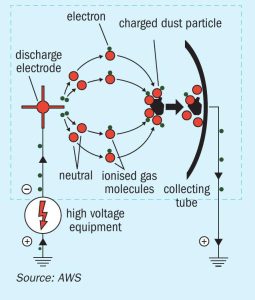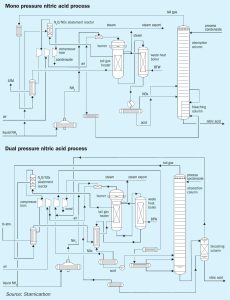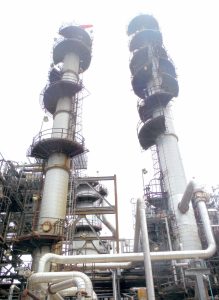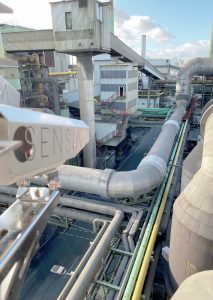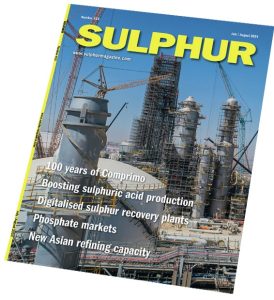
Yara’s Golden Batch tool – digitally optimising NPK production
The ‘golden batch’ refers to stable periods at production plants that consistently generate high quality NPK products at high output. Yara’s Golden Batch digital tool digitises and stores past data from optimal production runs, making these easy to retrieve and implement again in future. Yara’s Marianne Ytterbø provides an overview of this novel digital tool, explains how it was developed, and highlights key benefits.


